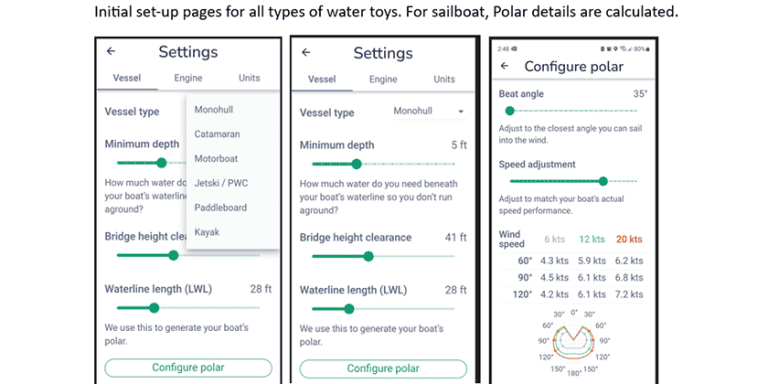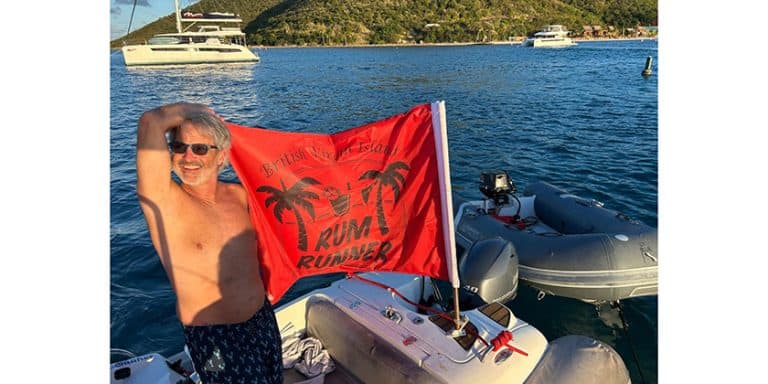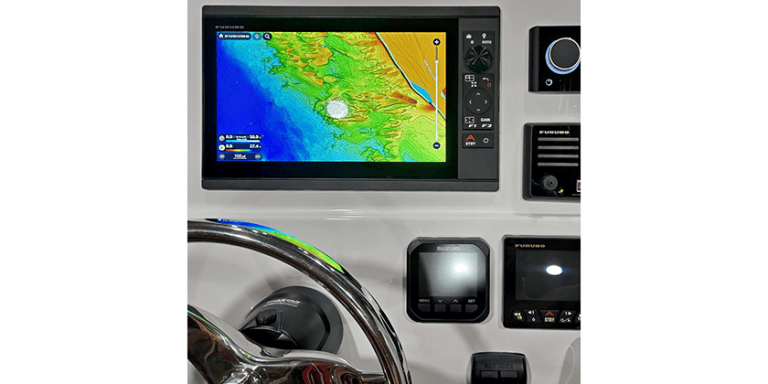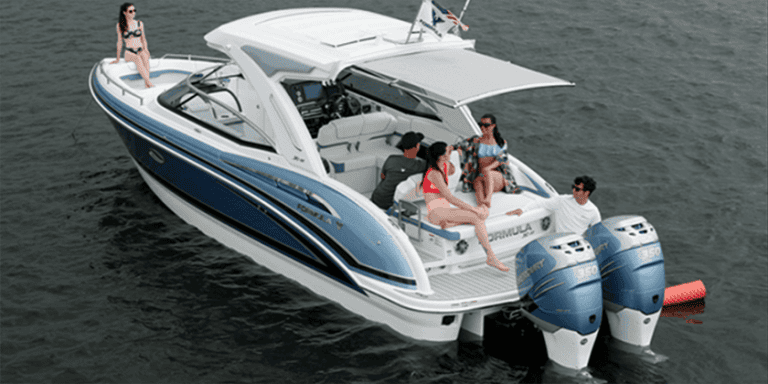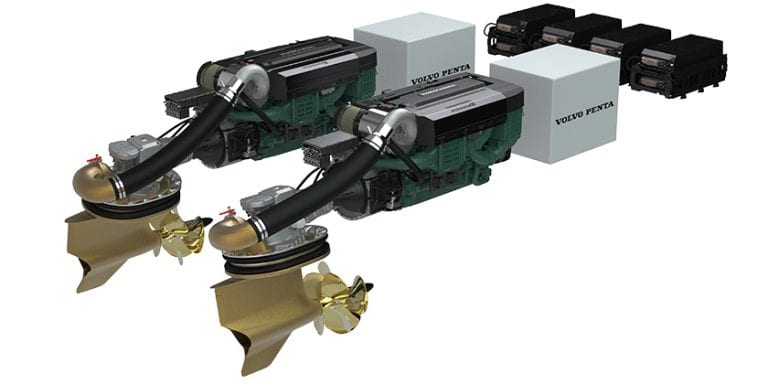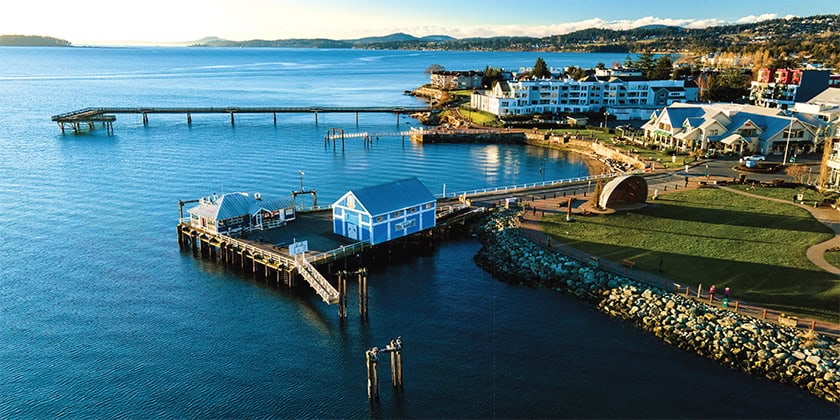Tips and Tricks: Prep in pandemic times – Part 1
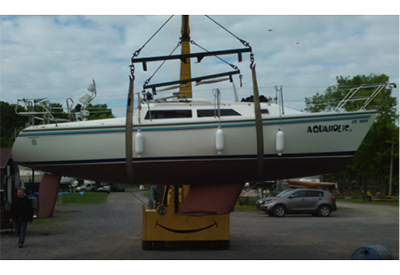
May 13, 2021
Spring has finally sprung! At least it has weather wise here in Montreal, so it is with great anticipation and boyish giddiness that I loaded the car with all the “things” I will need for this special day – the first of many pre-launch readiness days!
The club property is abuzz with members who, while social distancing from each other and wearing masks when required, are busy removing the winter blankets off their beloved boats and assessing the needed TLC and projects they hope to accomplish prior to be put in the drink.
Like in every club and marina, fellow members have often called or walked over to talk about their boats. Sharing projects or upgrades they are contemplating or describing a problem or two they are having and wondering what I would do or suggest. Some want to know how I maintain various onboard equipment, such as engine, toilet, etc. Or what products I use, etc.
 This year however, with so many more members doing so, it dawned on me: “Oh my God… Have I become one of the club’s Old Salty Dogs!!?” (definition: older long term member that has been at the club for so long – 30+ years for me – that people often seek them out for advice and help). You all know them because every club has at least one! At our club, the Ile Perrot Yacht Club, two our undisputed Salty Dogs are Ross Cullen and Claude Lafontaine, but a handful of other well loved & respected members come to mind as well.
This year however, with so many more members doing so, it dawned on me: “Oh my God… Have I become one of the club’s Old Salty Dogs!!?” (definition: older long term member that has been at the club for so long – 30+ years for me – that people often seek them out for advice and help). You all know them because every club has at least one! At our club, the Ile Perrot Yacht Club, two our undisputed Salty Dogs are Ross Cullen and Claude Lafontaine, but a handful of other well loved & respected members come to mind as well.
Last weekend, a few of them suggested I should write a reference book or manual with all the little tricks and best practices my wife and I have adopted and been using for years. So, I thought, “hey that might be fun” and certainly useful. What amazes me the most at the moment is how many we actually have! Even though the list may seem long here, for editing purposes, I am leaving many more tricks out, focusing on some that relate to spring prep and sailing season.
So, here are some of the many tips I am happy to share:
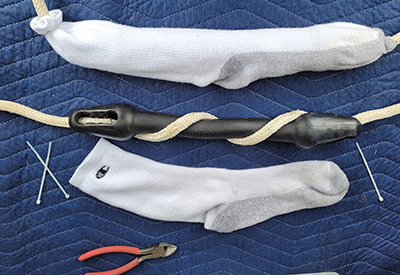 • Mooring Lines – If permanently attached to a dock and/or mooring ball for the season, it MUST have a metal reinforced eyelet and be attached with a shackle. Without this metal eyelet, you’d be amazed how fast the line will wear and break, risking serious damage to your boat and your neighbours’. Remember, a proper mooring line must be a sinkable line. A brand new line will take a little longer to sink the first few times. That is normal.
• Mooring Lines – If permanently attached to a dock and/or mooring ball for the season, it MUST have a metal reinforced eyelet and be attached with a shackle. Without this metal eyelet, you’d be amazed how fast the line will wear and break, risking serious damage to your boat and your neighbours’. Remember, a proper mooring line must be a sinkable line. A brand new line will take a little longer to sink the first few times. That is normal.
• Mooring Lines – If sharing a mooring ball with a neighbour, where both your lines are attached at the same point, make sure your floats are easily distinguishable from theirs (e.g. paint a colored line on your buoy or put a stripe on it).
• Mooring Lines – Once the boat is in her slip and all mooring lines are properly set, I use a Magic Marker (Sharpie) to mark the lines next to the cleat where they are tied. This will make returning much easier as you’ll know where to cleat the lines. In our case, we use stern to docking. So I mark the aft mooring lines only. Once these are in place, the bow lines can be cleated tight, knowing the stern will always be at the right distance from the dock to prevent any damage plus make boarding easy.
• Mooring Lines – Shock absorbers are a great investment and should be affixed to the lines that are attached to the dock. However, remember to install them close to the end that will be attached to the dock, but far enough so when you leave, the lines can be placed on the dock for easier retrieval upon returning plus keep them dry and clean.
• Mooring Lines – Rubber wrap-around type shock absorbers are a definite “must have” protection. But they can leave black marks on surfaces and also become dry in the sun. To solve both these problems, I slip mine in white gym socks with the toes cut out and locked in place with zip ties, leaving enough room for the shock absorbers to stretch.
• Mooring Lines – At the end of the season, I soak my mooring lines in hot water with one cup of bleach, leaving them to soak for many days. After a good rinse, I soak then once more in hot water with a cup of fabric softener. This will keep the lines in great shape for many years while preventing them from becoming stiff.
• Mooring Lines – Courtesy goes a long way! When returning, if one or both of my neighbours are out, I will pick up their mooring lines and hang them on my life lines, so when they come in, often single handed, it’ll be easier for them. After a while, they started doing the same to my lines. I also paint lines on my mooring line floats to easily identify which are mine.
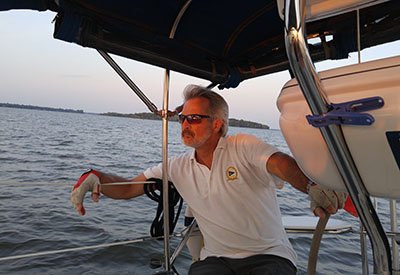 • Antifouling Paint – I use Interlux VC17 and alternate the colour every year so that in the fall at after haul-out and wash down; I get good visibility on performance and wear. I also put 2 or 3 extra coats on the leading edges of the bow, keel, keel winglets and rudder. These are the highest wear areas (full disclosure: this year and last, I’ve applied Petit SC21 antifouling paint to test its performance).
• Antifouling Paint – I use Interlux VC17 and alternate the colour every year so that in the fall at after haul-out and wash down; I get good visibility on performance and wear. I also put 2 or 3 extra coats on the leading edges of the bow, keel, keel winglets and rudder. These are the highest wear areas (full disclosure: this year and last, I’ve applied Petit SC21 antifouling paint to test its performance).
• Diesel Fuel and Filter Protection – At every fill up, I add diesel fuel biocide. I double the dose when topping up the tank for winter storage (BTW, always store with a full tank!). At the cost and trouble of changing filters, adding biocide really helps prevent filters from getting dirty or clogging up.
• Be Cradle Smart & Ready – While the boat is on her cradle, mark where the front and back of the keel sits, using paint that will not fade during the summer. Also, take a picture of the boat on her cradle and keep in on your phone for quick reference in case you need it. While you’re at it, during launch, take one of your boat while she’s in the slings, making sure you can tell where they go. Keep that one handy so come the fall, you will know where to put the slings so they don’t land where the cradle pads are! Perhaps add marks or stickers to the hull to mark where the slings go.
Next time, in Part 2, we will go after spiders and bugs and take a look at the canvas and hardware – it never ends!
Marc Robic
Marc is a member of the Canadian Power & Sail Squadron. He and his wife sail their Catalina 270, Aquaholic 3, out of the Ile-Perrot Yacht Club in Montreal, where Marc spent 16 years as Harbour Master. They are regular Caribbean bareboat yacht charterers. With over 40-years experience, Marc is also an avid onboard do-it-yourselfer.
mrobic@aol.com

